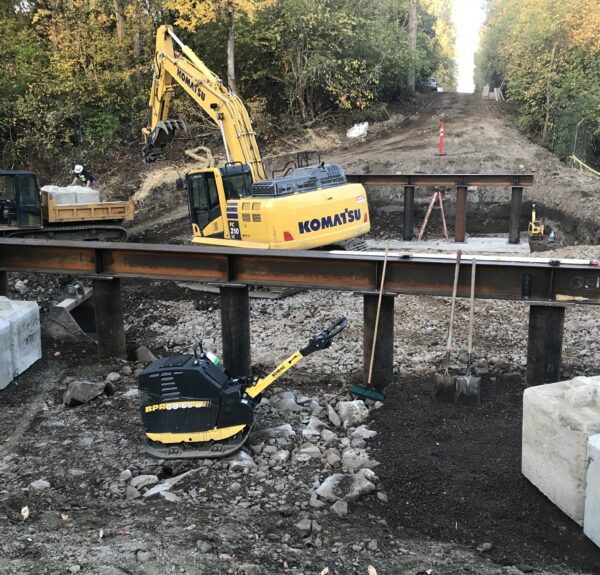Ruby Lake Restoration - Aquatic Contracting
Sauvie Island, OR
In August of 2013 AC began working with Columbia River Estuary Study Taskforce (CREST) to restore 30 acres of wetlands, remove an obsolete control structure and create riparian peninsulas for native planting on the northern end of Sauvie’s Island. The project included the excavation of 40,000 cubic yards of soil to re-create the wetlands and 4,000 cubic yards to remove the structure. Construction began by stripping canary grass in the 3 wetland cells to a depth of 18 inches. These strippings were hauled to a nearby spoils location and buried with soil from the mass wetland excavation. For the first 3 weeks construction was done in ideal conditions. Then, in September record rains began turning the wetland area into a… wetland. Construction continued in less than ideal conditions until 7 inches of rain fell in a 48-hour period. This made hauling impossible, and merely tracking an excavator on the site had to be done with great care. Conditions became so bad that an on-site engineer (who will remain unnamed) bet his house that the project would not be completed. AC personnel waited for better weather, then began pumping and managing the water in the wetland cells. While this was being done removal of the control structure began as it was located in a dryer area of the project. This was a gamble because the structure helped keep out tidal fluctuations. However, a coffer dam was built on the downstream end of the structure to the highest elevation possible but given the high flow conditions had only 6 inches to spare. The structure was removed in 2 days and flows receded as conditions became somewhat dryer. When wetland excavation resumed pumping became a constant chore and soil and hauling conditions were less than ideal. However, AC persevered and excavated all three wetland cells to the specified grade, installed the necessary logs for habitat and in mid-October, under sunny skies excavated the pilot channels, connecting the wetlands to Ruby Slough. Curiously, no deed to the engineer’s house has been seen. In late October the site was seeded and stabilized, roads re-built or decommissioned. Following construction, AC planted the site with nearly 6,000 native plants, over 2,500 willow cuttings and 2,000 Wapato bulbs. Because of saturated conditions this effort would have been impossible without AC’s specialized equipment.

Fish Passage Bypass: Crooked River Watershed Council
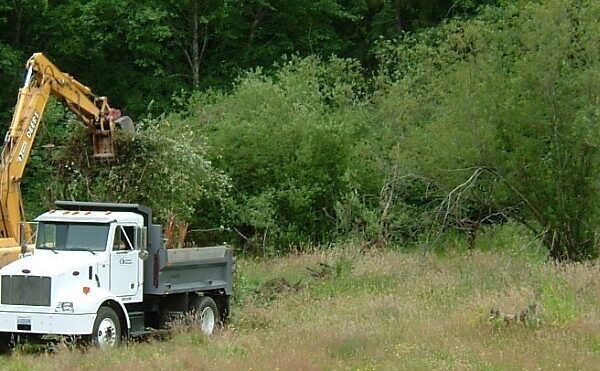
Yelm Creek Off Channel Habitat Enhancement

Chehalis Emergency Bank Stabilization
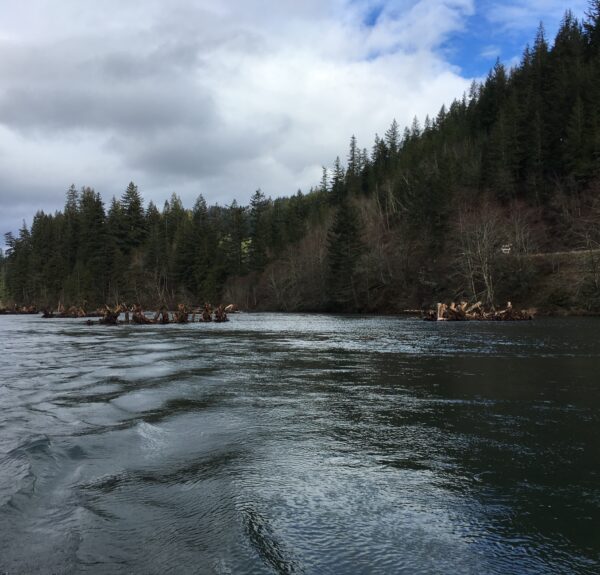
Conyers Creek Bridge Replacement
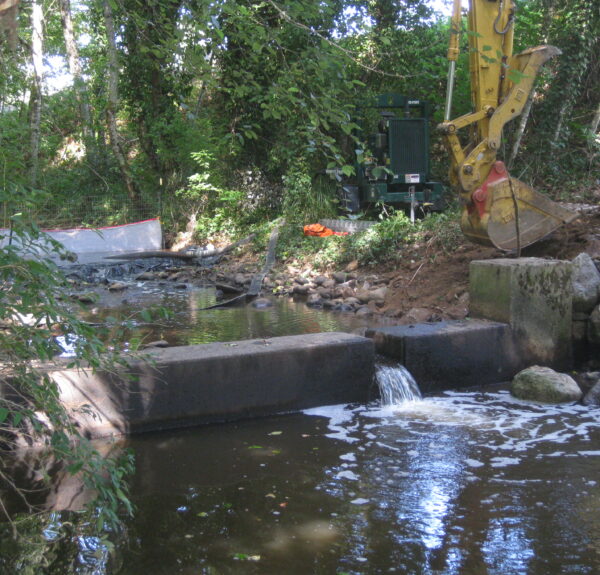
Deep Creek Dam Removal

Fanno Creek / Greenway Park Enhancement Project
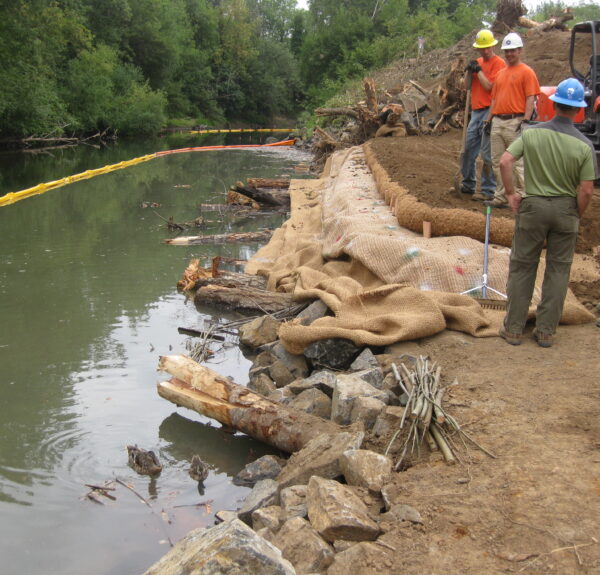
Calapooia River Fish Habitat Enhancement & Bank Reinforcement
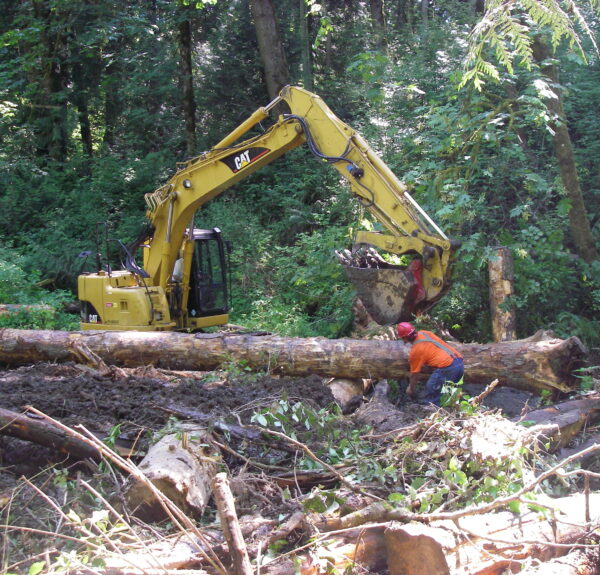
Whipple Creek Stream Restoration Project

McKay Creek Fish Passage and Enhancement / Allen Creek Dam Removal
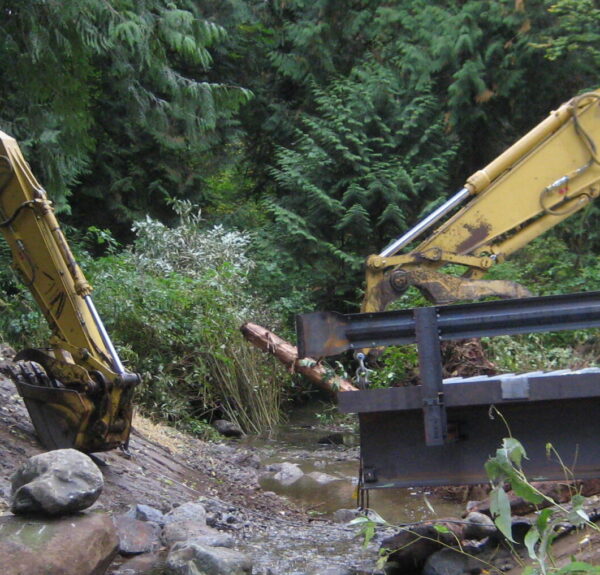
Quilceda Creek Culvert Replacement
